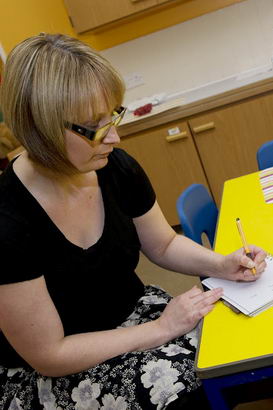
In order to turn a research question into a feasible study, we need to create a research design. To do this you will need to select a methodological approach, determine appropriate procedures and strategies, and create materials or tools to enable information to be gathered and analysed.
Take a step back for a moment and remind yourself that research is systematic inquiry that can be scrutinised. Research processes therefore fulfil two purposes:
- To make the research systematic;
- To make that system open to scrutiny.
'Systematic' may be shown through the organisation of the project, its orderly or reliable procedures, objectivity, recording,
documentation, information collection, information organisation, analysis
and discussion.
'Scrutiny' may be enabled through examination of records, paper trails, references, testing, explanation and consideration
and discussion
of alternatives.
Some of the stages of the research process cannot be begun before others are completed, whilst others may overlap. For example, it is clearly not possible to start your data collection until you have established your strategy, whereas it is possible to begin analysing some data before all of the data has been gathered.
Consideration also needs to be given to the availability of other people whose involvement is key to the project.
Planning research involves selecting the methodology (the broad approach that you intend to take) and the strategies to
carry that out (the specific techniques you will use). This selection process is influenced by the subject matter of your
research, your own skills, and the
resources available.
If you want to research the experiences of siblings of children with SLD/PMLD/CLDD, you may decide that this is a very individual personal experience, and that this should be carried out using a qualitative case study methodology. In case studies, the 'case' may be an individual, a group of individuals with some common factor, or a setting.

You would then choose a tool to gather information from each 'case'. This could be done, among other ways, by interviews, questionnaires, or by asking participants to make an audio recording of their experience.
If your case studies are living at great distances from you, you may not have the time or money to enable you to visit each case and conduct an interview. You might therefore choose to do telephone interviews, or to use a postal questionnaire instead.

It is extremely useful within planning to develop a timeline in order to prioritise and resource the stages of your project efficiently, and to keep track of progress.
A Gantt chart is one effective way of doing this. If you want to find out more about this type of chart read this information sheet on: Using a Gantt Chart.
It is not uncommon for even the smallest of inquiries to generate a large amount of data. A questionnaire comprising ten questions and answered by ten people will generate 100 responses for analysis. Audio recordings of interviews can take a considerable amount of time to transcribe and check (up to five hours per half-hour interview).
Having a disciplined and organised strategy for recording and storing data as it is collected can save many hours being spent unnecessarily at a later point.
You can find out more about this area in the following useful information sheet: Organising data.